Eye Love It!
It’s been said the eyes are the window to the soul. It’s often the first thing that draws us to another individual. Here are a few things you can do to help ensure your peepers are on point and properly cared for.
The development of fine lines and wrinkles in the eye area is a main concern for most people. Over time, movement from facial expressions creases the delicate skin. Dry skin exacerbates the look of fine lines and wrinkles by building up in pores and creases, accentuating their shape. Another common problem is a puffy appearance. This can happen when the under-eye muscles lose firmness and appear to droop, migration of tissue and fat to the under-eye area creating little pillows, or bags, or from an accumulation of fluid resulting in a puffy or swollen look. Lastly, a darkened color or hollowed appearance can develop as the eye area lose collagen, fat pads, and firmness. The dark blood vessels under the eyes become more visible as the skin thins, contributing to the color change.
Products and in-office procedures can help with signs of aging around the eyes. Because the skin in this area is thinner than other skin on your face and has very few oil glands, it's harder for it to stay hydrated, causing signs of aging. Eye creams can help. Formulated differently than products for the entire face, they’re made with lower percentages of active ingredients to decrease irritation. They often have more moisturizing ingredients to help combat the drying effects associated with thinner skin and fewer oil glands. Apply eye cream as gently as possible. A pea-sized amount is all that’s needed. Too much product can clog pores and migrate too close to the eye leading to irritation and puffiness. Dot the product on, gently pat it in with the pad of your finger, rather than rub, and work clockwise, starting inside to out. Focus product application to the orbital bone and under the eye area due to the delicate nature of the skin unless it’s formulated for eyelid use.
As we age, the muscles of the eyelids stretch and weaken, leading to the appearance of drooping, or low-lying lids, known as ptosis. Although it can affect adults of any age, it occurs more often with advancing age. Specific eye drops such as Upneeq can help. They work by activating receptors in the upper eyelid muscle, causing it to contract, lifting the upper eyelid, and producing a more open, alert look for hours.
The skin around the eyes, including the eyelids, is very sensitive to sunlight. Nearly 10% of skin cancers are found near the eyes. Unprotected exposure to the sun’s harmful rays is also a major contributor to premature aging by breaking down collagen, so use SPF! Sunglasses help prevent signs of aging as well as certain sun-related eye diseases. Prolonged exposure to UV rays can lead to cataracts or macular degeneration, as well as create lines and wrinkles. Spending time outdoors without sunglasses or proper eye protection creates an additional risk of damage from sand, dust, wind, and even snow.
In-office procedures can also help mitigate signs of aging around the eyes. Sublime Facial Contouring combines laser light and radiofrequency energy to heat the dermis, stimulating the production of new collagen to tighten skin laxity and reduce the appearance of wrinkles. Microneedling, PDO Threads, and Sublative Skin Resurfacing create micro-injuries, leading to new, healthier skin cells, collagen, and elastin through the skin's natural wound-healing process. This helps to plump and firm skin, diminish fine lines and wrinkles, and minimize the overall appearance of dark circles.
One of the most common cosmetic treatments to eliminate fine lines and wrinkles are neuromodulators such as Botox and Dysport. These injections to the crow's feet and brow area cause the muscles to relax, softening their appearance and helping to prevent new ones from forming. For the right candidate, dermal fillers can be an option for the under-eye area. Hyaluronic acid filler is injected into this area, filling in the volume loss to keep the skin looking taut, youthful, and brighter. For some, placing filler in the mid-face area can also help with the signs of aging around the eyes.
Vitamins A, C, and E are essential for maintaining good eye health. Deficiencies in particular vitamins can increase the risk of some eye conditions, such as cataracts, glaucoma, and age-related macular degeneration. Carrots, broccoli, brussel sprouts, bell peppers, and spinach are known as the top superfoods to improve vision and aid in eye health. The Prevent Blindness organization recommends that everyone receive a comprehensive eye exam, through dilated pupils, on a regular basis. Generally, a complete eye exam should be performed every 2-4 years from age 20-64, and 1-2 years for those 65 or older, with a qualified Optometrist or Ophthalmologist. Those with special risk factors may need an eye exam more frequently.
A fun fact, green is the rarest eye color in the world, according to the American Academy of Ophthalmology. Only 2% of the population is sporting these beautiful peepers. Green eyes are a genetic mutation that results in low levels of melanin. Green eyes don't actually have any color; the irises themselves have no pigment.
So, visit your favorite medspa, eat your veggies, treat your body right, get regular checkups, sleep, use an eye cream, don’t forget the SPF, and throw on those shades to help your eyes continue to dazzle!
Emily Giddings, RN


